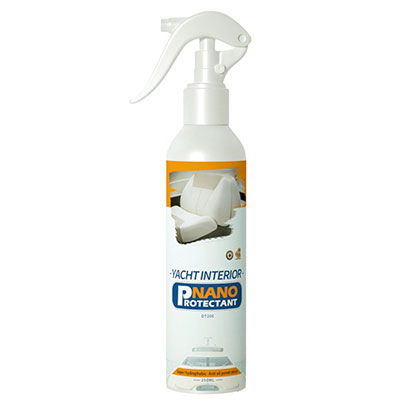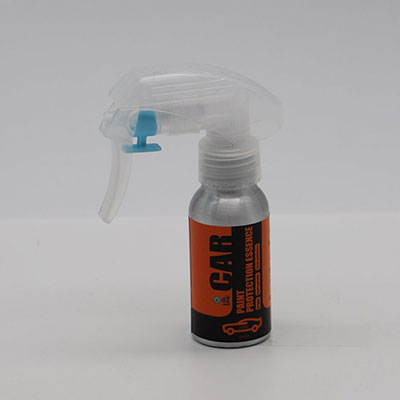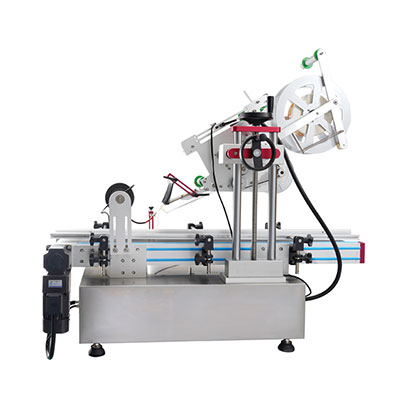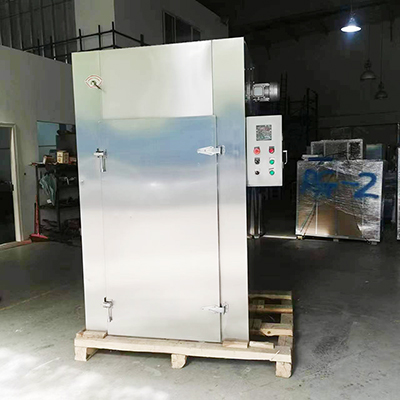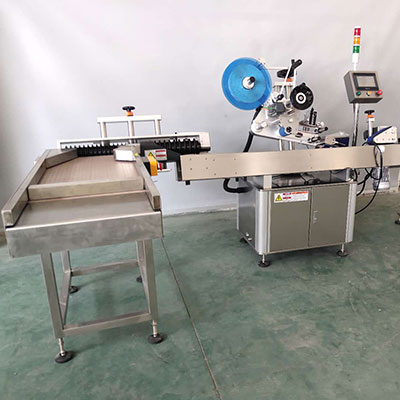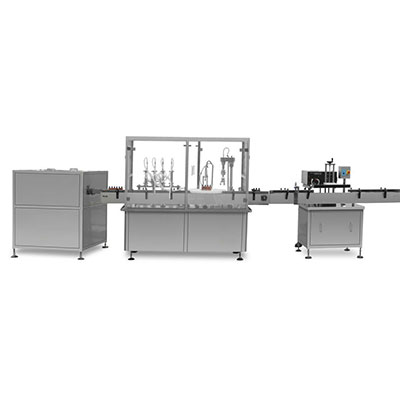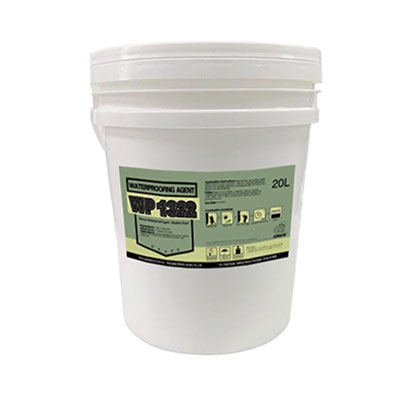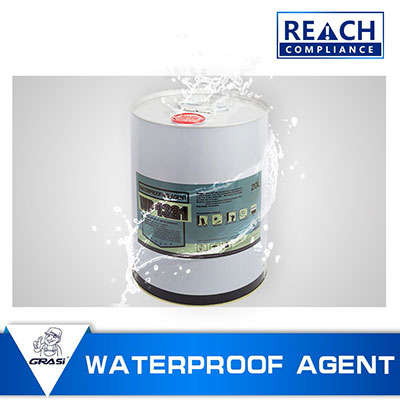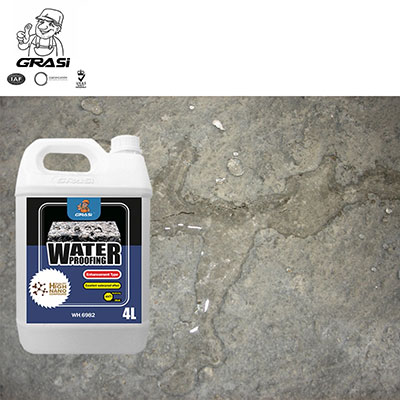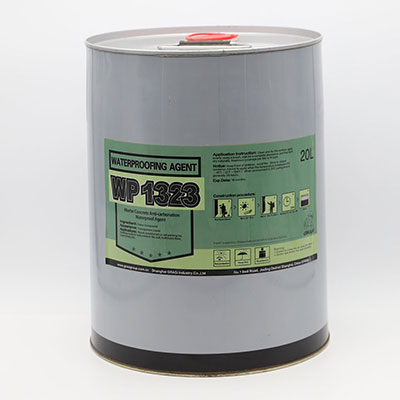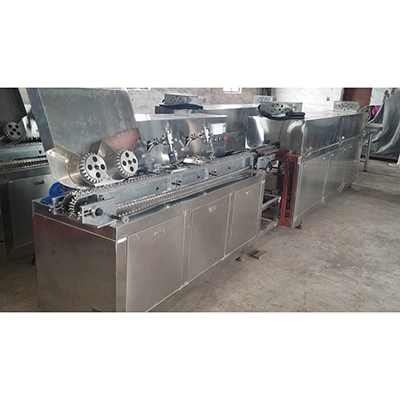Hastelloy N (UNS N10003) Corrosion-resistant alloy
Features HASTELLOY N boasts high creep and oxidation resistance. It can also endure high temperatures and maintain good condition under severe mechanical stress. Between the temperatures of 705-870℃, the alloy is resistant to fluoride salts and oxidation. The material is capable of functioning at extremely high temperatures and under considerable mechanical stress as well as where high surface stability is a requirement. Chemical Analysis
Physical Properties
Standards
Applications Chemical process equipment
| % | Ni | C | Cr | Fe | Mo | W | Cu | Al Ti | V | B | Co | Mn | P | |
| Hastelloy N | Min. | Balance | 0.04 | 6 | - | 15 | ||||||||
| Max. | Balance | 0.08 | 8 | 5 | 18 | 0.5 | 0.35 | 0.5 | 0.5 | 0.01 | 0.20 | 1 | 0.015 |
| Density | Melting Range | Electrical Resistivity | Coefficient of Expansion | Thermal Conductivity | Specific Heat Capacity | ||
| 8.896 | 1300-1400℃ | 1.20 (20℃) | 1.26 (705℃) | 1.24 (815℃) | 11.6X10-6 | 11.5 | 419 |
| Bar | Forging Part | Plate, Coil, Sheet |
| ASTM B573 | ASTM B573 | ASTM B434 |
| - | - | - |
| ASME SB573 | ASME SB573 | ASME SB434 |
Scan QR to Read
Links:https://globefindpro.com/products/9609.html
Links:https://globefindpro.com/products/9609.html
Recommended Products
-
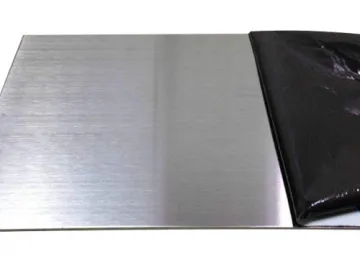 Hastelloy S (UNS N06635) High-temperature alloy
Hastelloy S (UNS N06635) High-temperature alloy
-
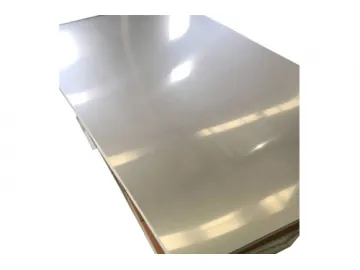 Ti 6-2-4-2 (Ti-6Al-2Sn-4Zr-2Mo) Near alpha titanium alloy
Ti 6-2-4-2 (Ti-6Al-2Sn-4Zr-2Mo) Near alpha titanium alloy
-
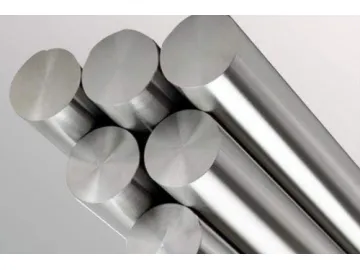 Inconel 625 (UNS N06625/W.NR.2.4856) High-temperature alloy
Inconel 625 (UNS N06625/W.NR.2.4856) High-temperature alloy
-
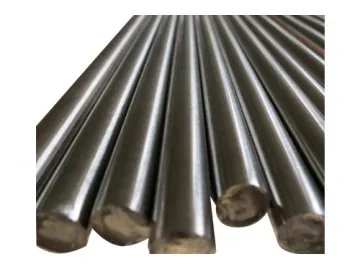 UNS S32760 Super duplex stainless steel
UNS S32760 Super duplex stainless steel
-
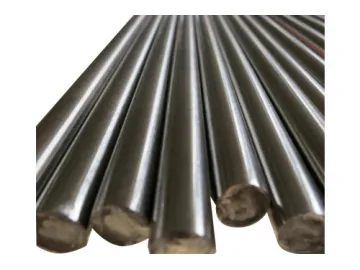 Inconel X-750 (UNS N07750/GH4145) Corrosion-resistant alloy
Inconel X-750 (UNS N07750/GH4145) Corrosion-resistant alloy
-
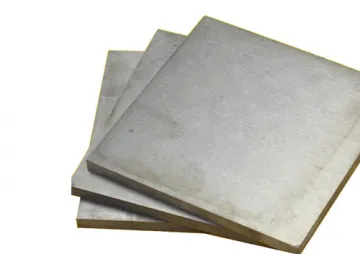 254 SMO (UNS S31254)
254 SMO (UNS S31254)
-
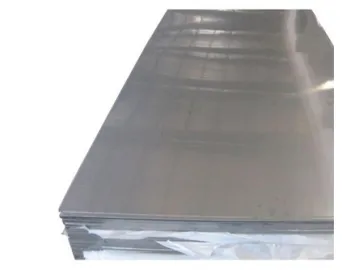 Invar 36 Sheet/Bar/Pipe
Invar 36 Sheet/Bar/Pipe
-
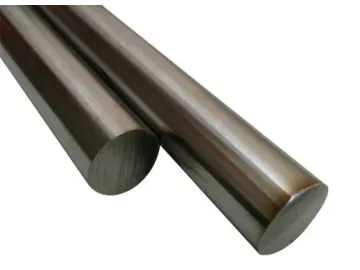 Inconel 718 (UNS N07718) High-temperature alloy
Inconel 718 (UNS N07718) High-temperature alloy
-
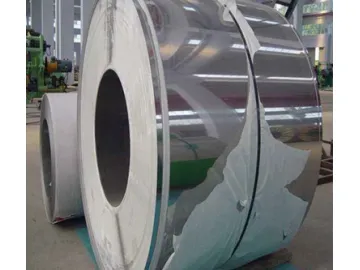 Hastelloy C-2000 (UNS N06200/NICR23M016CU) Corrosion-resistant alloy
Hastelloy C-2000 (UNS N06200/NICR23M016CU) Corrosion-resistant alloy
-
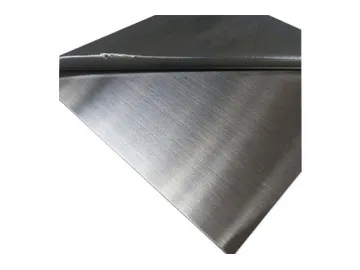 Inconel 600 (UNS N06600) Corrosion-resistant alloy / High-temperature alloy
Inconel 600 (UNS N06600) Corrosion-resistant alloy / High-temperature alloy
-
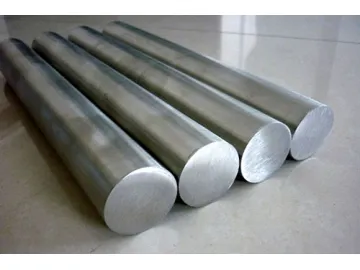 2205 Stainless Steel(UNS S32205/DIN W. Nr. 1.4462)
2205 Stainless Steel(UNS S32205/DIN W. Nr. 1.4462)
-
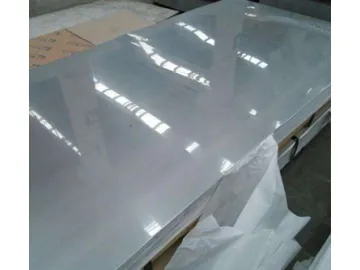 Hastelloy G-30 (UNS N06030) Corrosion-resistant alloy
Hastelloy G-30 (UNS N06030) Corrosion-resistant alloy
